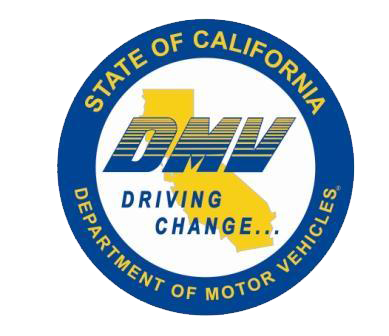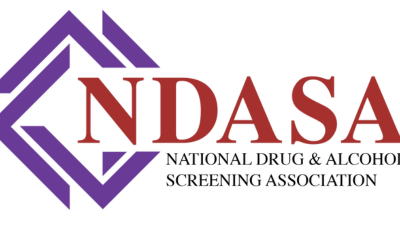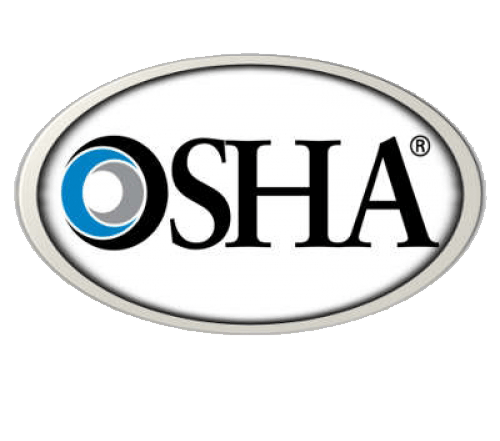US DOT to Require New Testing for Synthetic Opioids Jan. 1
For the first time, beginning Jan 1, truck drivers being administered random pre-employment and post-accident drug tests will be screened for four additional synthetic opioids, the highly addictive drugs that likely will require medical experts to consider prescriptions that balance pain mitigation with safety performance.
While indications are that most of the private drug-testing labs are ready to conduct the four additional Department of Transportation mandated tests, the new requirement likely will slow down the process for medical review officers to screen an increasing number of positive test results, according to Quest Diagnostics Inc., a leading U.S. drug test provider.
Testing for hydrocodone, hydromorphone, oxymorphone and oxycodone could result in drivers – even with prescriptions for the pain killers – failing their tests and those positive test results being referred to a medical review officer to determine if a driver should be allowed to get behind the wheel.
The primary responsibility of a medical review officer is to verify if an employee has an alternative medical explanation for a lab-confirmed positive test result. A lab sends all test results, positive or negative, to an MRO.
NTA fully expects to have more laboratory positives and expects there will be more medical review officer positives as well. There will be additional specimens that screen positive that in the past would have been verified negatives. So those will have a longer turnaround time.
Right now, if someone gets dinged as positive, an MRO must review it, and if the MRO finds that the person had a legitimate prescription under the controlled substance act, then it will most likely be marked negative. This is known as a false positive.
But someone who has a valid prescription for one of these drugs may not be considered medically qualified by the MRO. He might be able to pass a DOT test, but he may not be medically certified to drive.”
Opiates are very potent drugs, and some of them have addiction qualities similar to heroin. They are very, very dangerous. The FMCSA as an industry is focused on preventing these drugs being used by drivers.
The DOT final rule, announced Nov. 9, would continue to make medical review officers the ultimate decision-makers of whether a driver, with or without a legal opioid prescription, is fit to drive.
If the driver with a prescription for an opioid passes the drug test but still is not deemed fit to drive, the medical review officer can still forward a “safety concern” letter to the driver’s employer, but only after a five-day waiting period. The waiting period would allow the driver’s physician to further discuss the matter with the MRO.
During the comment period for the proposed rule earlier this year, several commenters expressed concerns that adding the opioid tests will increase in which drivers innocently using opioids would be unfairly treated as drug abusers, with consequent positive tests harming their careers.
In response, DOT said it added language in the final rule to prohibit and MRO from denying a legitimate explanation based on whether the officer thinks the prescribing physician should not have prescribed the medication to the driver.
Yet, the agency said in its final rule that it’s important to note that when there is a valid concern about whether the employee can continue performing safely, the prescribing physician still may be asked to reconsider the employee’s use of the prescription. And, even when a prescription is legitimate, the MRO can forward a safety concern letter to the driver’s employer.
The odds of failing an opioid test with a valid prescription are “very dependent” on the pattern of use, dosage, frequency of use and an individual’s metabolism. The detection window for the new opioid tests is shorter than for many other drugs. Generally, most drugs on the [opioid] urine screen will be able to detect use within the last 72 hours.
Opioids are sedating and may cause decreased reaction time and increase sleepiness. But, for some individuals, the driver may actually be more effective in carrying out their duties if they are not debilitated by pain. So, it’s somewhat of a balancing act in trying to ensure that the individual is being treated for their pain, but might impact their ability to work.
Medical Marijuana Laws Do Not Override Employer’s Rights
Most of states now have some form of legalized medical marijuana. While patients can now try this experimental drug, it’s employers who will be the real lab rats. Ever since Nancy Reagan started telling kids to “Just Say No” to drugs, employers have been doing the same. Zero tolerance policies have become the norm. There are some cases working their way through the courts that seek to give the protections of the Americans with Disabilities Act (ADA) to medical marijuana users, but nothing has changed yet.
It is essential for employers to know that, at least for now, marijuana is still illegal on the federal level. That means you are perfectly within your right to demand a drug-free workplace.
The fact that marijuana is now going to be prescribed by physicians raises a lot of questions for employers. If an applicant or employee has a prescription, should the marijuana be considered a medication? And should patients using it be protected?
You might be asking yourself, “What is the harm in that? Why shouldn’t medical marijuana users be treated the same as people with other disabilities?”
To answer that question, there are a few things you need to know about this new “wonder drug.”
Medical marijuana is the ONLY drug on the market that has skipped all FDA testing and approval processes.
Pharmaceutical companies spend millions upon millions to be sure their products are safe and effective. Every other drug you buy - whether over-the-counter or by prescription – has gone through rigorous safety and quality testing. When you take a medication, it is clearly labeled. You know exactly how much active ingredient it contains, and if you take the time to read the small print, you can even find out what fillers are used.
Appropriate dosing is also included in the instructions for every prescription or over-the-counter medication. This ensures the side effects of the medication do not outweigh the benefits.
Medical marijuana has no standard dosing instructions.
You Don't Know What You're Getting
Because of this lack of testing and production standards, every plant, every oil, and every edible could have a different amount of the active cannabinoids that seem to relieve disease symptoms.
In addition, the marijuana available today is very different from years ago. THC, the psychoactive chemical in marijuana, is three times stronger today than 20-30 years ago. Conversely, cannabidiol (CBD), the non-intoxicating element that shows therapeutic and anti-psychotic value, has decreased almost at the same rate.
According to a study conducted by the Johns Hopkins University School of Medicine, only 17% of the packaged edibles he studied were accurately labeled.
A study by the University of California, Davis Cancer Center found that a majority of the medical marijuana samples he looked at were contaminated with dangerous bacteria and fungi.
Yes, part of the problem is that marijuana is still categorized as a Schedule I substance, which means there are so many restrictions that scientists have been unable to conduct rigorous research. But the National Academies of Sciences, Engineering and Medicine looked at more than 10,000 studies that were conducted and found no solid, conclusive evidence that marijuana is safe to be used as a medication.
Contact NTA's For Your Free Consult about our National Substance Abuse Program
Email: [email protected]
OR CALL 800-805-0040 x102
INSTANT DOT COMPLIANCE!
WE WILL NOT BE UNDERSOLD!
FOUND A LOWER PRICE? WE’LL BEAT IT! TESTING LOCATIONS NATIONWIDE!
Content Disclaimer: Due to the constantly changing nature of government regulations, it is impossible to guarantee the total and absolute accuracy of the material contained herein or presented. NorthAmerican Transportation Association (NTA) cannot and does not assume any responsibility for omissions, errors, misprinting or ambiguity contained. NTA shall not be held liable in any degree for any loss, damage or injury caused by any such omission, error, misprinting or ambiguity present. It is made available with the understanding that NTA is not engaged in rendering legal, accounting or other professional service. If legal advice or other expert service is required, the services of such a professional should be sought.











